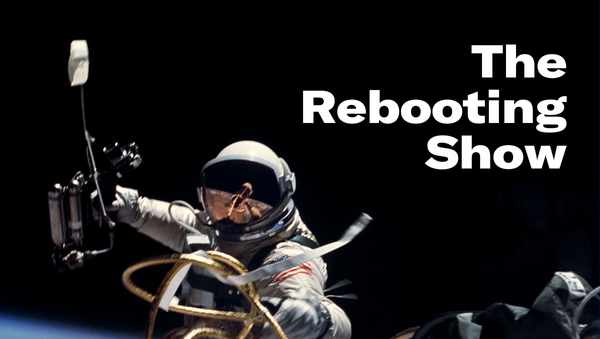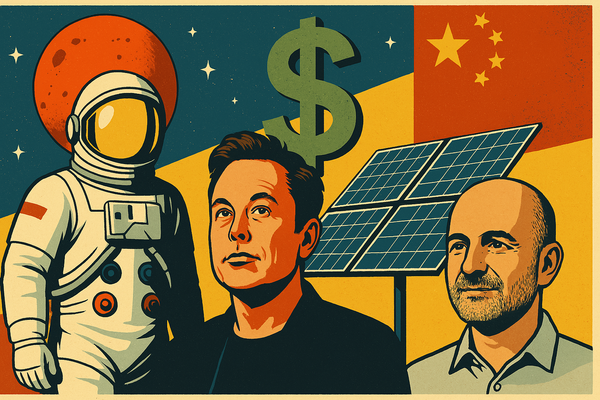Politico and the allure of the prosumer model
Why choose between consumer and B2B business models instead of having both?
When I joined Adweek in 2005, I knew very little about the ad agency business. I’d covered Internet businesses, and agencies were small actors there following the collapse of the frisky crop of “Webshops” like Razorfish, MarchFirst, iXL, Scient, Viant and Agency.com. I quickly learned of seemingly arbitrary lines the industry liked to draw: working dollars (ad spending) vs non-working (making the ads) and above the line (brand advertising) vs below the line (direct response). What the Internet did, as it often does, is eliminate these artificial boundaries. With data, all advertising becomes performance marketing, eliminating the divides of building brands and making sales.
On the other side, in publishing, artificial divides also thrived that, in truth, didn’t make much sense either in a digital world: church vs state, consumer vs business. Just like in the agency world, there was a value judgment at play. Agencies found direct marketing distasteful, the work of the junk mail guys in bad suits who lived in Long Island and spent their time trying to get a .0003% lift off putting “DATED MATERIAL ENCLOSED” on credit card offer envelopes -- a far cry from TV shoots at exotic locations. In media, B2B was the backwater, a wonky world of poorly designed magazines with dull copy that mostly served the role of cheerleading for industry.
That’s changed over the years. B2B gets a lot more attention now. B2B software was ignored by Silicon Valley for years until they ran the numbers and recognized how big these markets are — and how poorly built many of the product are. The same kind of “consumerization” is taking place in “modern B2B” media.




